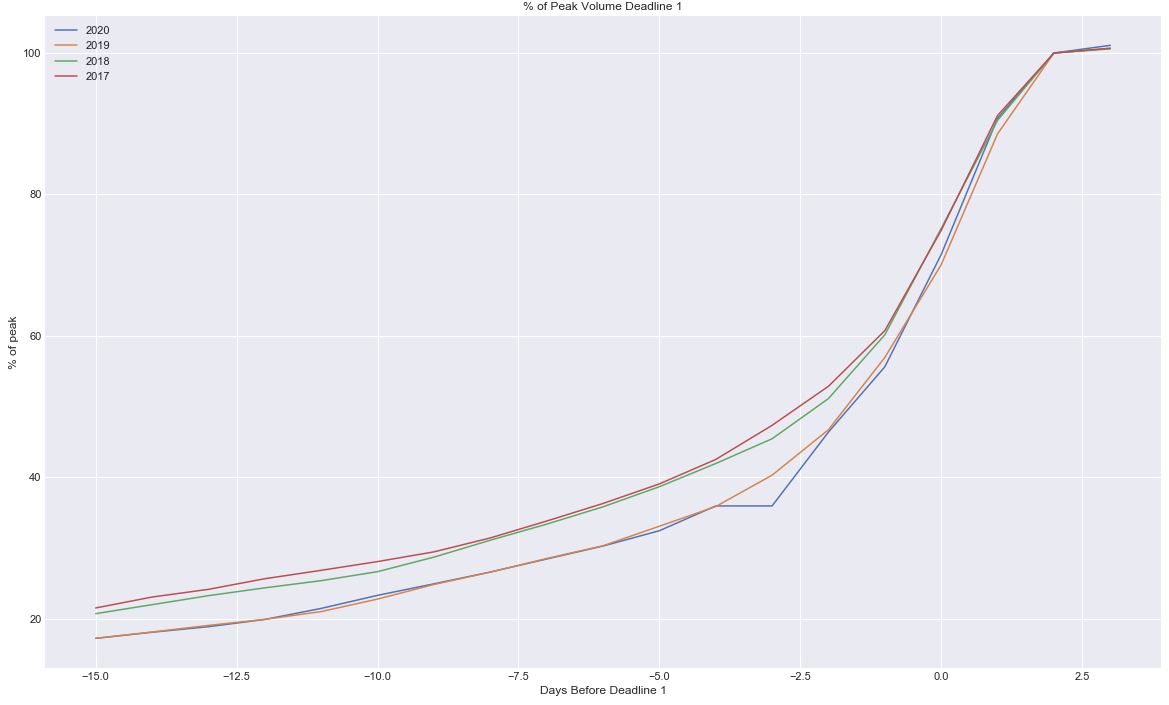
Many universities have more applications/fewer staff to read files and are bracing for uncertainty. This may lead to larger waitlists/more deferrals and cause students greater anxiety. Pro tip: You can't predict admission decisions. 🧵
tl;dr The denominator is getting bigger (apps), the numerator MAY be getting smaller (enroll targets), fewer people are available to read apps, and colleges will likely guard against over- and under-enrolling (larger waitlists).
More Applications: Compared to 2019, @CommonApp apps are up almost 20% with bigger increases at publics and more rejective colleges. s3.us-west-2.amazonaws.com/ca.research.pu… 

Fewer Staff: The Great Resignation is hitting admissions offices. Turnover is normal for us, but it is more extreme this year. With long hours and relatively low pay, no one should be surprised. Fewer staff means it is harder to get through the app, call, & email volume.
Lower Targets?: The pandemic created yield projection uncertainty, and a portion of universities experienced an unanticipated enrollment surge. For Fall 2022, some colleges may be looking to bring in a class closer to pre-pandemic levels.
For example, @uofiadmissions stated that "in order to ensure that we are maintaining our undergraduate enrollment within the bounds of university resources, we are planning to intentionally reduce our target...to be more in line with previous years.” news.illinois.edu/view/6367/3634…
Larger Waitlists: Last year taught admissions directors a lot about estimating yield and melt during a pandemic. Colleges don't want to miss low, and they don't wan to miss high. Some colleges will likely increase the size of waitlists/deferrals to protect against uncertainty.
As admission decisions roll out, I'm starting to see building frustrations on social media. I offer this perspective to provide a peek behind the curtain in an attempt to relieve some of the pressure.
It is worth noting this important fact, stated well by @Clark2College,
https://twitter.com/Clark2College/status/1480611769970212875
To students, all of this will sort itself out, but you have to give it time. To counselors & IECs, you cannot predict, but you can communicate with your colleagues. To parents, commit right now to being as supportive as possible for the next 4 months, no matter the outcome.
• • •
Missing some Tweet in this thread? You can try to
force a refresh




